How the royals have fared during their school days
Charles hated his time at Gordonstoun, while William thrived at Eton
Your support helps us to tell the story
From reproductive rights to climate change to Big Tech, The Independent is on the ground when the story is developing. Whether it's investigating the financials of Elon Musk's pro-Trump PAC or producing our latest documentary, 'The A Word', which shines a light on the American women fighting for reproductive rights, we know how important it is to parse out the facts from the messaging.
At such a critical moment in US history, we need reporters on the ground. Your donation allows us to keep sending journalists to speak to both sides of the story.
The Independent is trusted by Americans across the entire political spectrum. And unlike many other quality news outlets, we choose not to lock Americans out of our reporting and analysis with paywalls. We believe quality journalism should be available to everyone, paid for by those who can afford it.
Your support makes all the difference.Members of the royal family have experienced their fair share of ups and downs as pupils of a variety of prestigious establishments.
The Duke and Duchess of Cambridge will have drawn on their own experiences of education when choosing Lambrook as the next school for their three children.
It is the first time a future king and spares to the heir have been signed up for the private day and weekly boarding school near Ascot in Berkshire, which prides itself on its academic success teamed with an outdoor lifestyle.
Prince George and Princess Charlotte began their school days happily at private day school Thomas’s Battersea – a busy, cosmopolitan establishment in south London – with George starting in 2017 and Charlotte in 2019.
The school’s most important rule was to “be kind”.
As a toddler, George went to Westacre Montessori School near the Cambridges’ Norfolk home, Anmer Hall, while a young Charlotte went to Willcocks Nursery School, near Kensington Palace, in 2018, followed by Louis in 2021.
As a 14-year-old, Kate withdrew from independent girls’ school Downe House in Cold Ash, Berkshire, after just two terms when she was reportedly bullied.
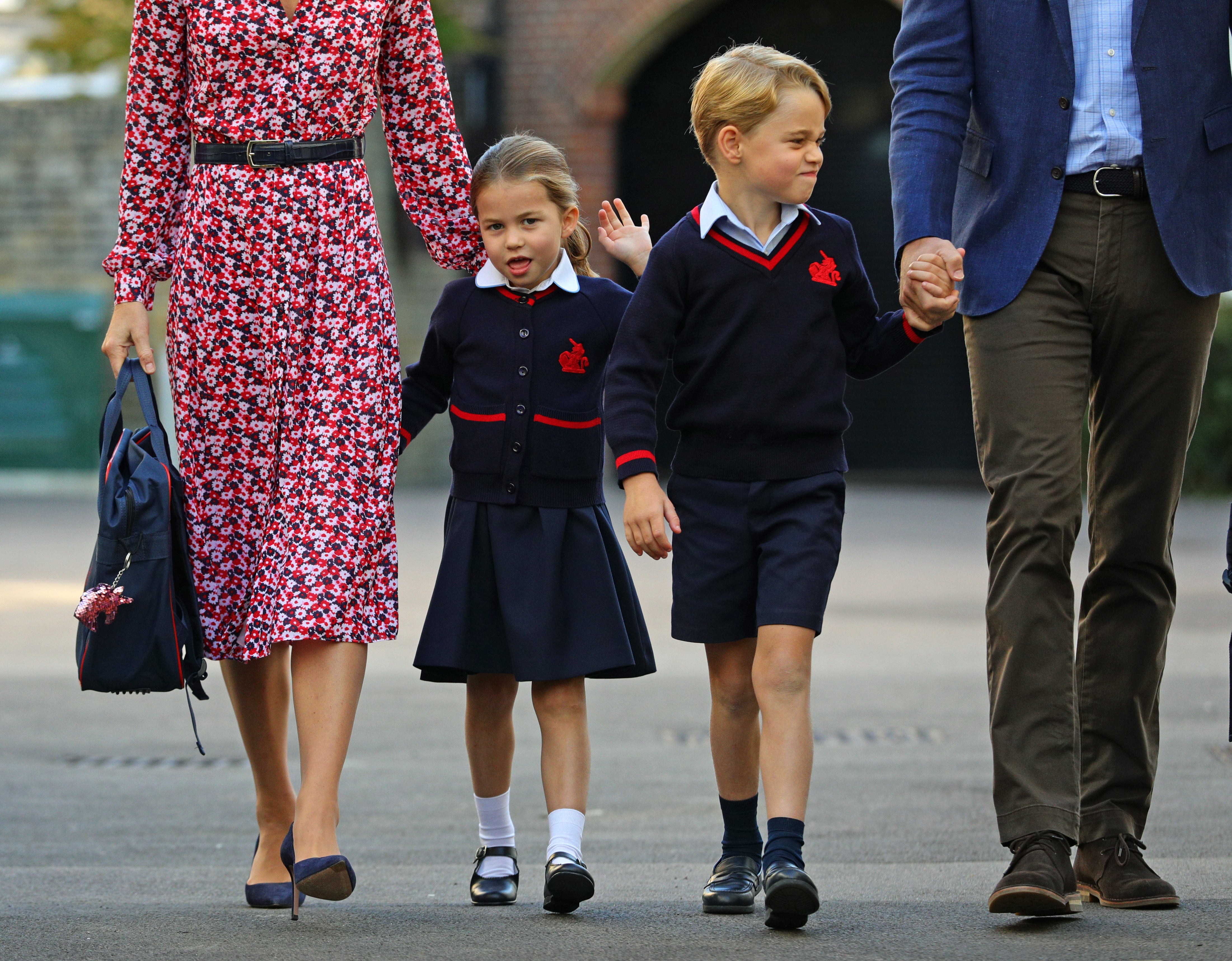
She started afresh at Marlborough College, a £42,930-a-year co-educational boarding school in Wiltshire, where she went on to blossom, captaining the hockey team and doing well in her exams.
The Duchess has long campaigned on the importance of a child’s early years and with William on mental health issues.
Kate and William previously attended a child mental health conference to learn about issues surrounding the transition years between primary and secondary education.
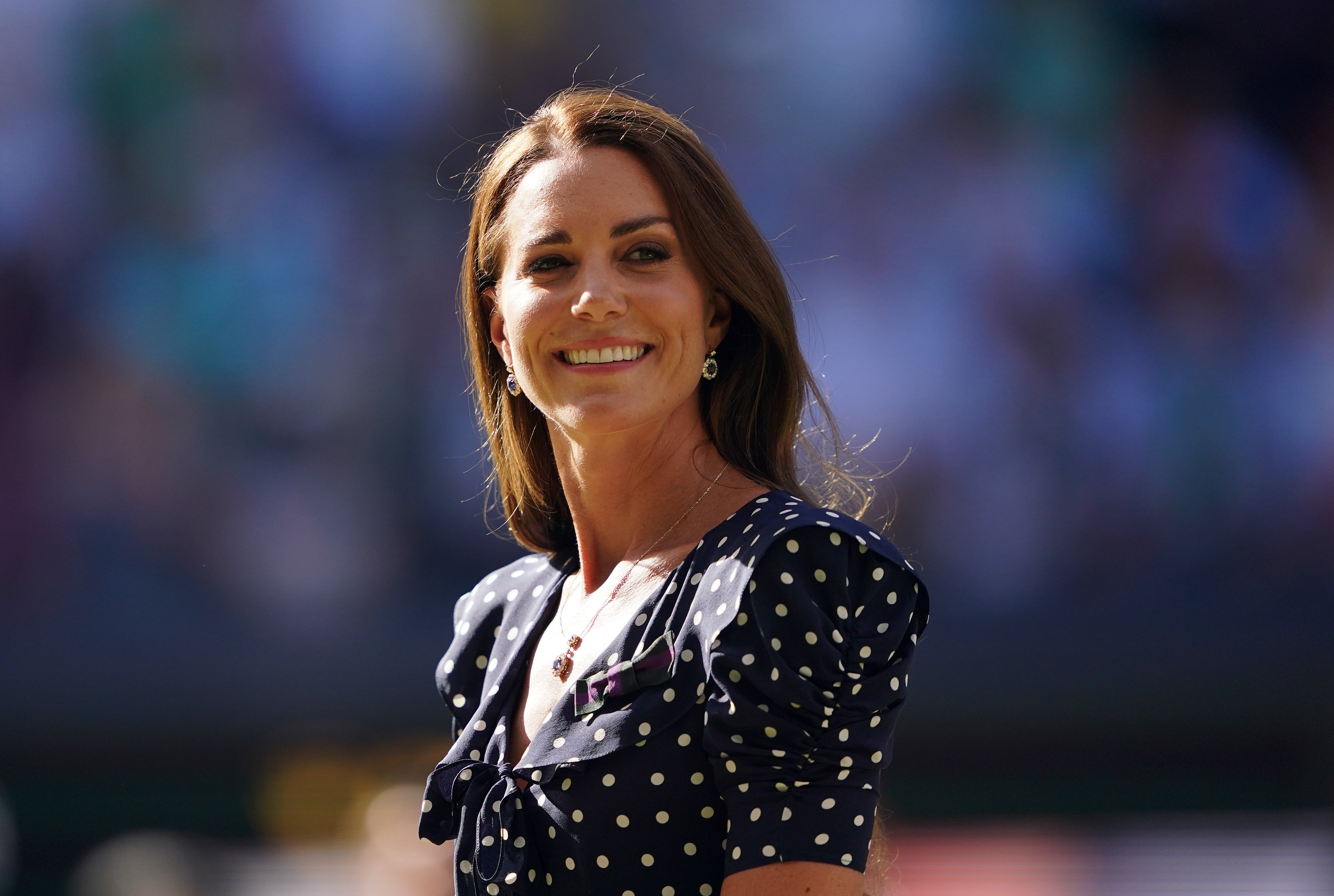
William’s first experience of school was Mrs Mynor’s Nursery School in west London which he joined aged three.
From the age of four the Duke went to Wetherby School, also in west London, before spending five years at Ludgrove School in Berkshire.
William went on to board at Eton College, as did Prince Harry, for five years and it offered him a sanctuary when his parents were in the middle of an acrimonious divorce and provided stability in the difficult years that followed his mother’s death.
His housemaster Dr Andrew Gailey was an important source of support. Dr Gailey’s role earned him an invite to the royal wedding in 2011 and the title of Commander of the Royal Victorian Order (CVO), an honour in the Queen’s gift.
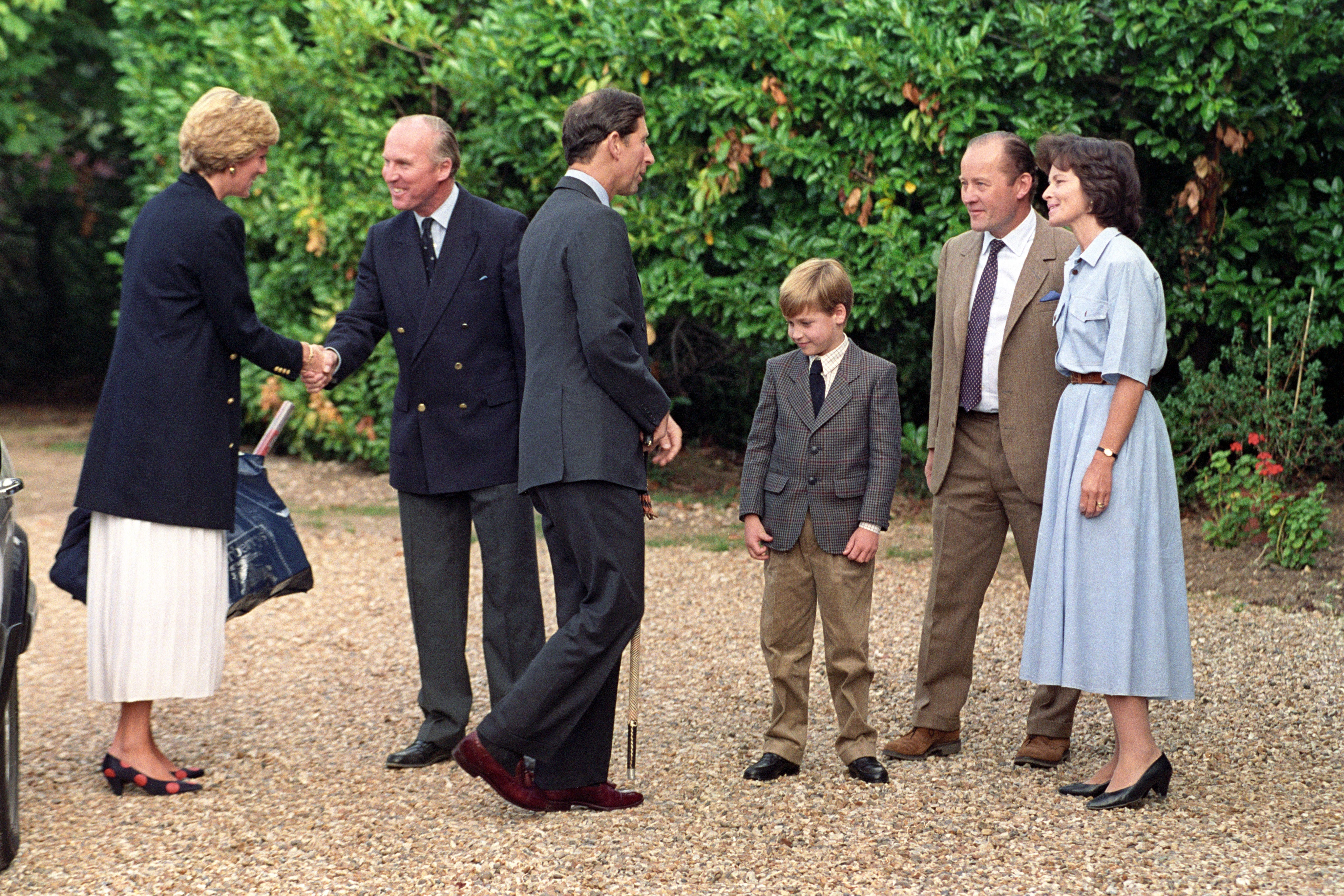
It was Dr Gailey who was cited as influencing William’s university choice, having studied at St Andrews himself.
Kate’s prep school was St Andrew’s School in Pangbourne, Berkshire.
She joined the public school, where fees are now up to £6,845 per term, in 1986 when her family returned to the UK after spending two-and-a-half years in Jordan where she attended a nursery school.
She stayed until she was 13 and was predominantly a day girl but in her later years also boarded for part of the week.
Both William and Kate were academic at school and went on to university, achieving a 2:1 at degree level.
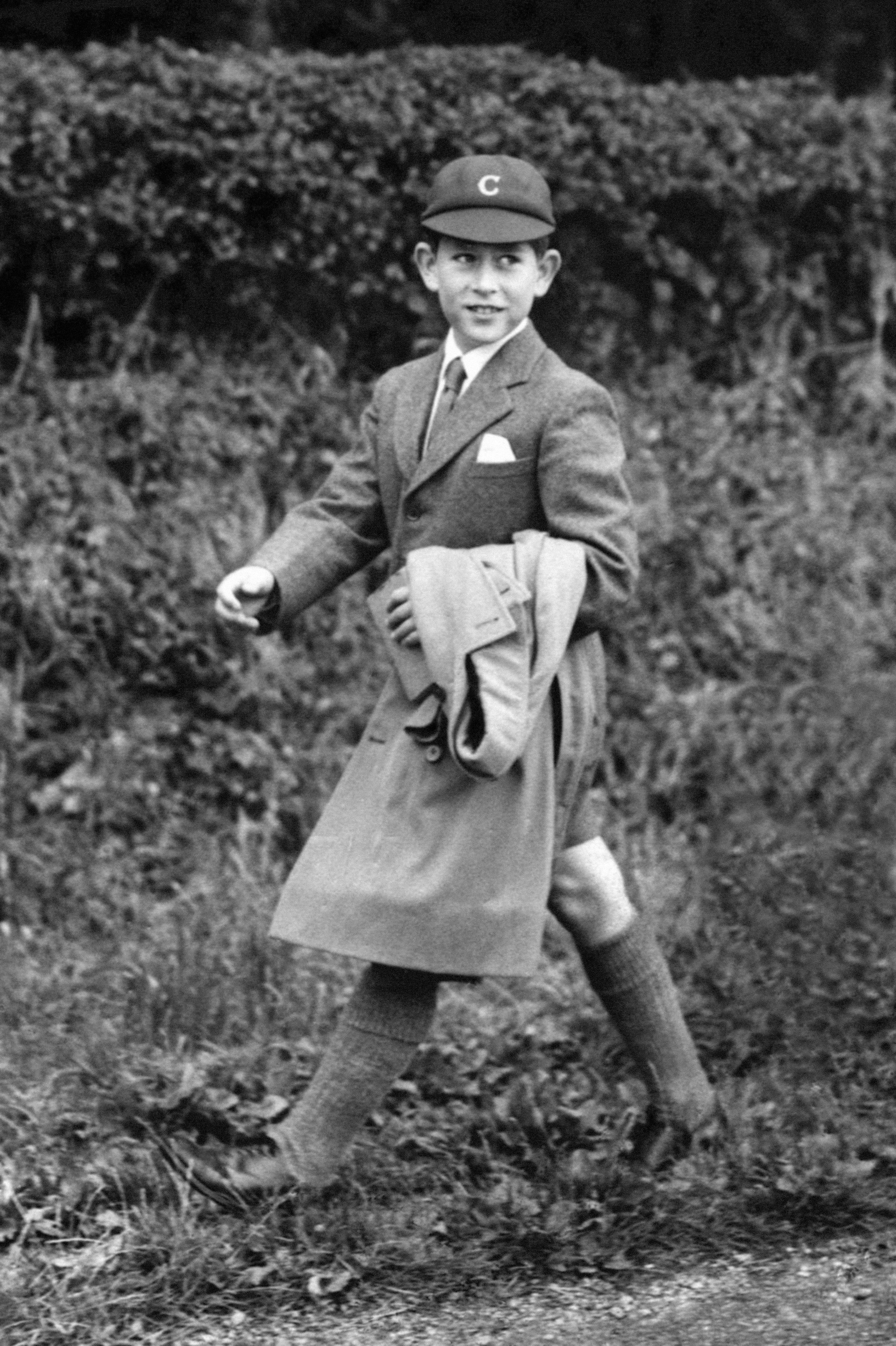
George, Charlotte and Louis’ grandfather the Prince of Wales went to Cheam prep school as a boarder at the age of eight.
He went on to have a difficult time at secondary school as a teenager.
Charles was sent to Gordonstoun School in Moray, Scotland, following in the footsteps of his father the Duke of Edinburgh, but was picked on and described his days there as “a prison sentence”.
Charles did admit, however, that the school instilled him with self-discipline and a sense of responsibility.
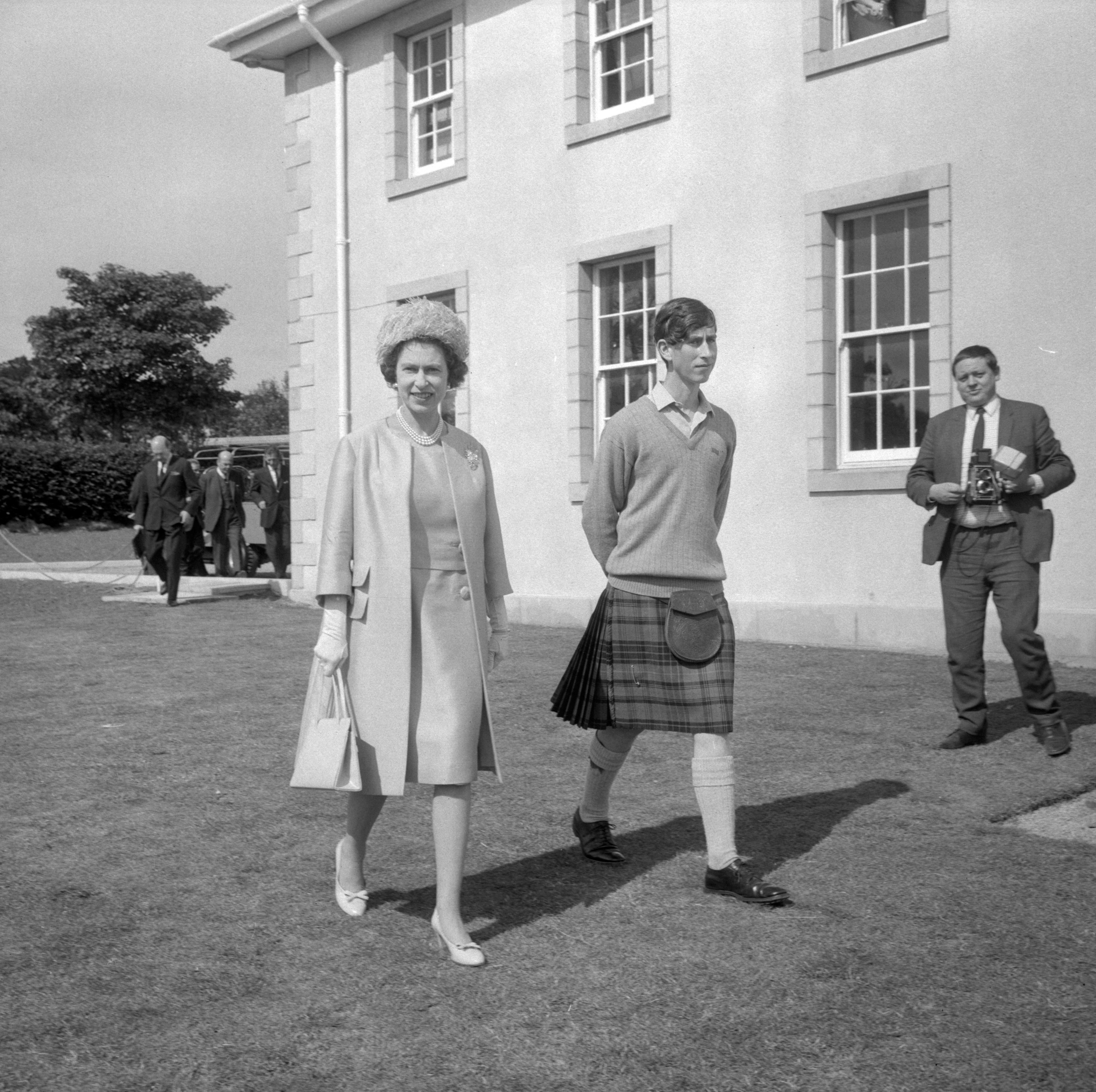
He spent part of the school year in 1966 as an exchange student at the Geelong Church of England Grammar School in Melbourne, Australia – the first member of the British royal family to attend an overseas Commonwealth school.
Gordonstoun is also where Zara Tindall and Peter Phillips, the Duke of York and the Earl of Wessex were taught.
The Queen, however, was educated at home with Princess Margaret. After her father succeeded to the throne in 1936 and she became the heir, she was taught constitutional history and law.
She also studied art and music, and is fluent in French.



